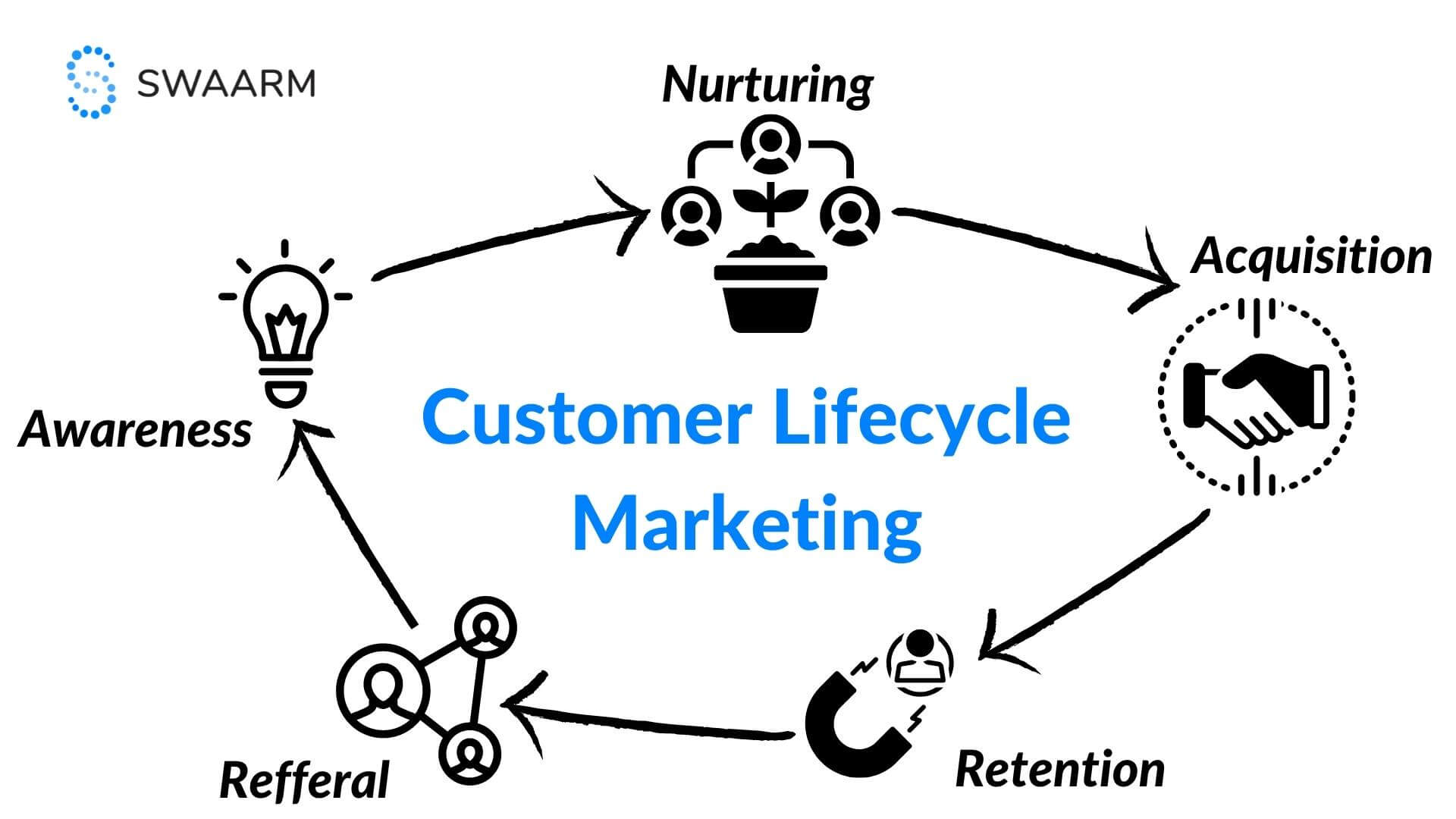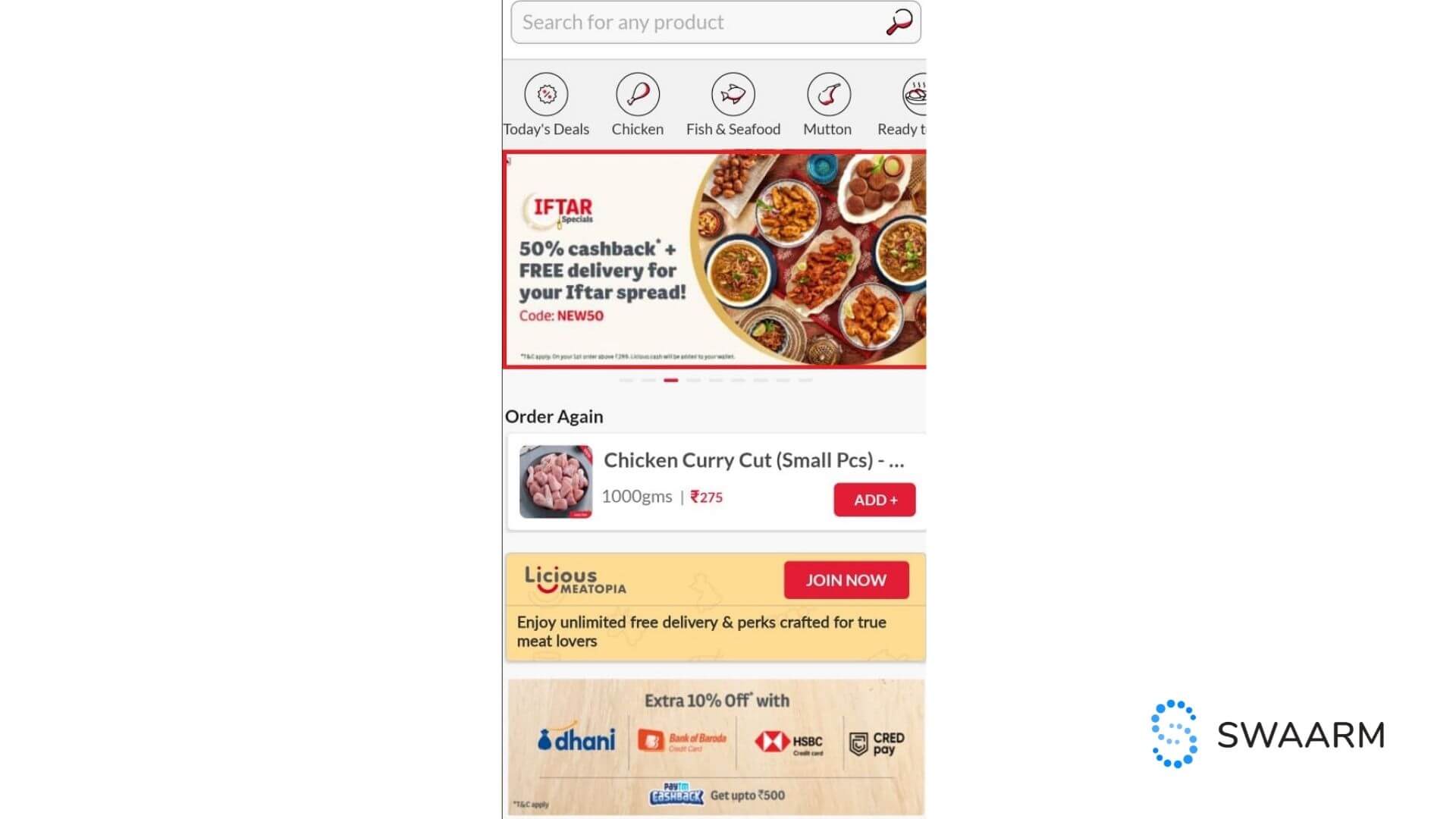How can you use mobile marketing automation to optimize your customer lifecycle? Is this the question that you are trying to find answers to?
Everything seemed like a standstill during the pandemic – at least in the offline world. On the other hand, companies have spent a lot on their digital marketing efforts during this time. In 2021 alone, companies spent more than 780.59$ Billion on digital advertising, and experts predict an 11% increase in this amount for 2022.
Meaning that businesses will spend 866.43$ Billion approximately, proving that companies are as willing as ever to invest a lot in order to acquire new customers. While selling your products or services to an existing customer is easier, acquiring new customers is often more complex. Mobile marketing automation can be the right strategy to achieve your sales and advertising goals.
“The brands that can connect with the client in a real way will win.”
Gary Vaynerchuk, Belarusian-American entrepreneur
Most companies use some kind of marketing automation to grow or expand their business. As a marketer, how well do you stand out from the rest?
Most companies or marketers use marketing automation when nurturing a lead. Others use it post-sale of a product or service. In general, you will benefit a lot more when you use mobile marketing automation at most customer touchpoints across the customer lifecycle. MMA or mobile marketing automation platforms work differently from traditional marketing automation software. Traditional marketing automation platforms do not have the capabilities to support mobile marketing. For example, you cannot communicate with customers via push notifications and wearable devices. Getting real-time information is also merely impossible through traditional marketing platforms. Therefore MMA platforms can take your marketing efforts to the next level.
You can use marketing automation at various customer lifecycle phases to make a mark. But, first, you must understand certain concepts. Here are some things that you need to know:
What is the customer lifecycle, and why is it important?
Different motives and triggers govern various phases of the customer lifecycle. Customer behavior plays a vital role in this process.
The expectations and goals are different in each one of these stages. It is one of the main reasons customer conversations and marketing activities differ during these phases.
For example, running an advertising campaign could be the right strategy when trying to acquire new customers. A prospect travels through various stages before becoming a loyal customer. They should interact with a personalized and customized message in each of these phases to make progress. Hence, as a marketer, it is essential that you understand customer lifecycle marketing and the various steps to follow it through.
Knowing the customer lifecycle and using the right strategy at the right time will increase both the Return on Invest (ROI) and efficiency. Most marketers now have similar budgets and tools. The only things that will make you successful or differentiate you from others are your strategy and its implementation.
Marketing automation in various stages of the customer lifecycle
1. Awareness or reach stage
It is the most crucial stage in a customer’s lifecycle. During this phase, you will reach out to your prospects as you want to get the attention of the leads. Cold emails, targeted adverts, social media, and distributing content in the right places are a few ways to reach out to your prospects.
In order to grab the audience’s attention, you have to do a lot of experimentation. This includes doing A/B tests and multiple iterations of your marketing efforts. One strategy does not necessarily work for everything. Hence, experimenting and testing with various channels and strategies is the best way to find out which strategy works best for you to achieve your marketing goals.
By using a marketing automation software like Swaarm, you can set up the target audience. When using a marketing automation platform, you do not have to do much once you complete this critical step.
MMA platform will allow you to set up a target audience. Once you take care of that aspect, it takes care of the rest. Many people presume that email marketing and marketing automation are two different things. However, email marketing is one of the critical components of marketing automation. By using cold email drip campaigns, you can reach your prospects within no time. Many are saying that email marketing is dead. In fact, it’s poorly written copy, and emails that are sent without proper research and personalizations are the actual reasons for failure. Open rates for cold emails are around 15% to 28%. It is still one of the best channels to acquire customers even when you are on a low budget. Using the right mobile marketing automation platform allows you to find and validate a lead.
2. Nurturing stage
It is the most crucial phase in the customer lifecycle. You can use the power of mobile marketing automation to give them the best customer experience.
During this stage, a leak of leads from the funnel is very likely to occur. That’s because 96% of people who visit your website are not yet ready to make a purchase. When they are in this phase, you have to educate the potential customer about the problems they face. Simultaneously you need to make them aware of your product and what it can do to improve or solve those problems.
Demo calls, in-app messaging, and emails are the best ways to do this task. Mobile marketing automation tools empower marketers to reach clients at the right time. Additionally, you can personalize the content that you send to them.
3. Acquisition stage
In the acquisition stage, a qualified lead converts into a paying customer. During this phase, it is crucial that you provide the client with the best customer experience. The onboarding experience should be as seamless as possible.
Some strategies that you can follow during this stage if you want to be successful are as follows:
- Sending FOMO, urgency instigating messages aids in the conversion of leads.
- Educating your prospects and customers about how your existing clients benefited from using the product is the best way to clear off any apprehensions they may have.
Here are some of the aspects that your message should contain to get the best results:
— Eye-grabbing subject line
— Show them the value for the money
— A case study of a customer who benefitted from using your product
— Confirmation of ROI
— Content identifies the probable pain points and gives an answer on how to solve them
— Powerful CTA (Call to action)
The messaging in your campaign will be different before a customer converts. Hence, your messaging should be adapted once you acquire the customer. To gain the customers’ trust and confidence, you should send them relevant onboarding messages and share the links to your customer support channels containing product training videos with your customers.
4. Retention stage
Customer retention or retention marketing is one of the crucial aspects that every company should focus on. Businesses should put a lot of effort into this segment.
Various marketing campaigns can be set up to help retain your existing customers. Don’t forget that you have to spend almost 25 times more money finding a new customer than keeping the existing one. Here are some things that you can implement at this stage:
- Upsell products and services. Selling to existing customers is much easier than selling to new customers.
- Send push notifications to ensure that your customers receive constant updates of discounts and offers. You can increase customer engagement when you use push notifications. Reactivating customers that have become inactive is also possible through this method. Push notification is one of the most powerful features of an automation tool.
- Let your clients know about product updates – the new features you will or have launched.
- In-App messaging can also help in increasing customer engagement. They are easy to customize and one of the best ways to interact with customers. First-time user tutorials are one of the best examples of in-app messaging.
It is essential that you include these steps in your marketing strategy to turn a client into a loyal customer.
5. Referral stage
As a marketer, Growth marketing is something that you should focus on if you want your company to scale up quickly. Growth marketing refers to the efforts that are put into attracting, engaging, and retaining customers. It is one of those marketing strategies that you should embrace if you want to optimize the customer lifecycle. Since the customer needs and preferences keep changing, sending them personalized and tailored messages will help get customers and keep them. Companies such as Airbnb, Amazon Prime, Uber, and other companies changed their fate by setting their focus on referral and growth marketing. When customers are happy and enjoy using your app, you can use automation to take things to the next level.
Here are some crucial steps that you can take:
- Get your customer to give you a five-star rating.
- Ask them to leave good reviews about your company online.
- If your customer loves the product, send them a push notification or in-app message to refer it to their friends. You can also attach a reward to get the best results.
In conclusion
Each stage mentioned in the customer lifecycle is essential. Giving the customers the best experience in every stage can help your company to grow beyond leaps and bounds.
You can prioritize complex tasks such as setting up different campaigns, push notifications, and emails using a marketing automation tool. Besides increasing the efficiency of your marketing team, it will improve your profits. By using mobile marketing automation to optimize your customer lifecycle, you are going to generate more revenue besides providing your clients with the best customer experience.





